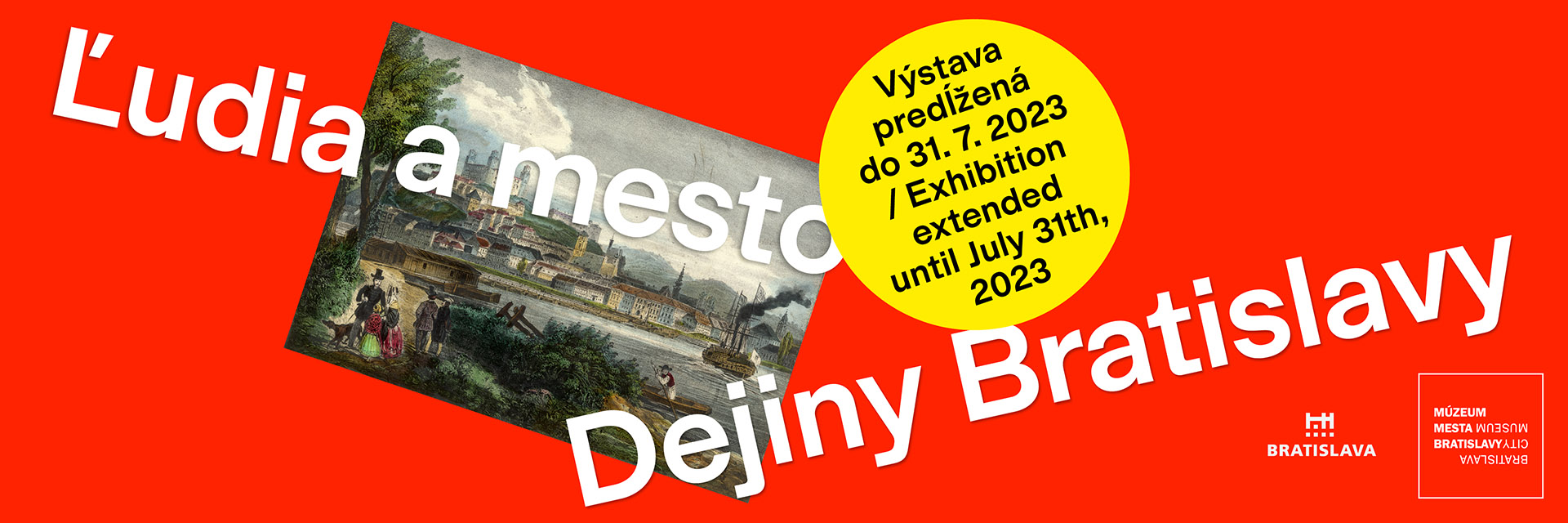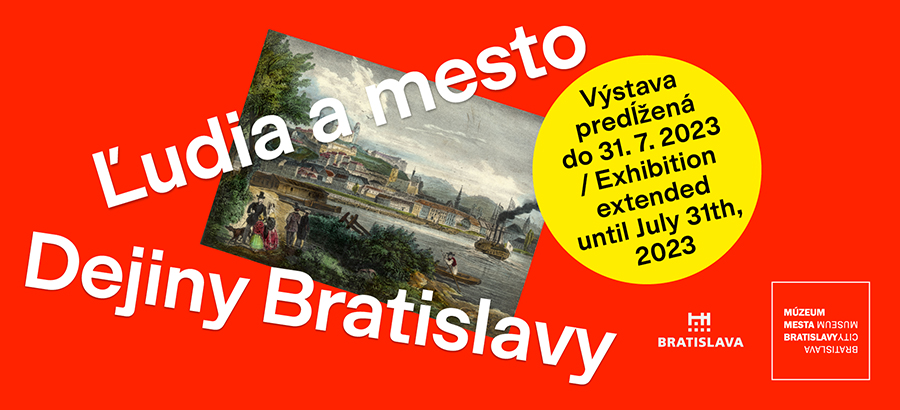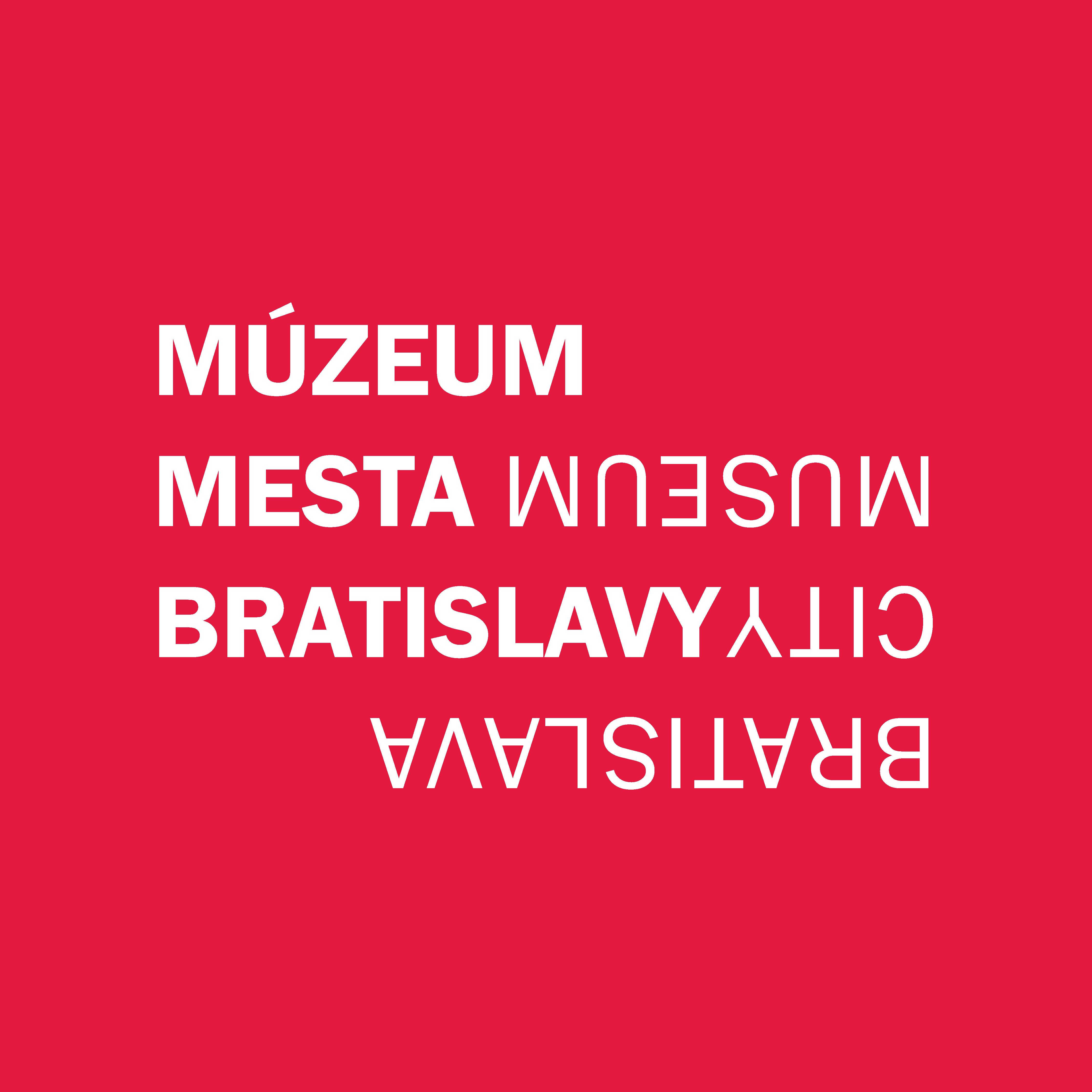

+421 2 5910 0812
mmba@bratislava.sk
The city of Bratislava was created by people in the area under the Little Carpathians on the bank of the Danube. The geography of the town was thus formed by the river and mountain range. During its existence, the city has been situated on the borders of cultures, on the borders of states; its legal status changed as well – from a free royal town all the way to the capital city of the Slovak Republic which affected its architectural and urbanistic structure. The determining element that shaped the city‘s identity were its inhabitants – stratified in terms of social standing, ethnicity and religion. Their status was regulated by legal norms – from charters up to the acts. At the same time, they were vectors of specific way of life, economic activities, community culture and relative freedom of an individual in a city. Thus, the city is perceived as an urbanistic space, materialised memory where economic, political and social processes take place. At the same time, it is a living space of its inhabitants that enables them their everyday coexistence, division of their roles and relations in the public space, in communication and involvement in societies and associations.
The aim of the exhibition is to presents the picture of the city and its inhabitants from the end of the 13th century up to the 1990s. Events, historical figures and status of the city within political contexts are firstly presented through a timeline. The city space and its morhophology are represented via four architectural and urbanistic units titled: City within the walls, A city that opens up, Expanding city and City on both banks. It is completed with metamorphoses of the area shaped by the river Danube and of the legal status of the city. We employ maps and visual documents and other visual media and interactive tools.
The key element of the exhibition is the inclusion of the lifestyle of inhabitants (both anonymous and individuals) by means of artefacts linked to their occupation, by means of visualisation of their appearance via photographs, items of everyday life, archival sources testifying the status and social stratification of the city population. The interpretation of the morphology of the city space and its changes in the turning points of history and setting the life of an individual into this space is meant to be the narrative of the exhibition. Due to the time span of more than seven centuries we employ, naturally, only iconic artefacts and conceptual shortcuts.




